Best Outdoor Vertical Garden Plants
HARDY PLANTS FOR Outdoor VERTICAL WALL GARDEN
Its been one of the burning questions, people prepare for vertical gardens, choose various stacks required like modules, structures, irrigation systems etc as per their preferences, when it comes about plants struggle starts. Most of the time people choose wrong plants or often struggle to find best outdoor vertical garden plants. Choosing plants is more about understanding environmental variables, term outdoor plants refers to the plants which can survive in full sun light (no shade). Plants selection must be inline with zone’s weather conditions, better to make best combination from the list given below for getting a better results.
1. Plumbago
Plumbago is an evergreen herbaceous flowering shrub with beautiful green leaves, it is native to south africa. Below are its grow habits and overview as a houseplant:
Location – Outdoors
Light – Full Sun, Partial Sun
Watering – Less frequent
Temperature – 5 to 45 degree celsius
Common names – Plumbago, Cape leadwort, Sky flower, Chitrak, Plumbago capensis


2. Pennisetum Setaceum
Fountain grass is a very showy ornamental grass with graceful, arching leaves and erect or nodding rose-colored flower spikes up to 12 in long. It is native to open, scrubby habitats in East Africa, tropical Africa, Middle East and SW Asia. Below are its grow habits and overview as a houseplant:
Location – Outdoors
Light – Full Sun, Partial Sun
Watering – Less frequent
Temperature – 5 to 45 degree celsius
Common names – African fountain grass, Tender fountain grass, Fountain grass, Purple fountain grass


3. Dianella Tasmanica
Dianella tasmanica is also known as the Tasman Flax-lily, it is very adaptable and hardy landscape plant, it is native to southeastern Australia including Tasmania. Below are its grow habits and overview as a houseplant:
Location – Outdoors
Light – Full Sun, Partial Sun
Watering – Less frequent
Temperature – 5 to 45 degree celsius
Common names – Flax-lily or Tasmanian Flax-lily


4. Ophiopogon
Ophiopogon, also known as lilyturf is a genus of evergreen perennial plants native to warm temperate to tropical east, southeast, and south Asia. Below are its grow habits and overview as a houseplant:
Location – Outdoors
Light – Full Sun, Partial Sun
Watering – Less frequent
Temperature – 5 to 45 degree celsius
Common names – Lilyturf


5. Pandanus
Pandanus is a genus of 750 species, it is known by various common names like kewada, pandan, screw palm, screw pine, pandanus palm etc. It has various colors and shades, only dwarf varieties are used in vertical gardens. Below are its grow habits and overview as a houseplant:
Location – Outdoors
Light – Full Sun, Partial Sun
Watering – Less frequent
Temperature – 5 to 45 degree celsius
Common names – Kewada


6. Pittosporum Tobira
Pittosporum is known by several common names likes Australian laurel, Japanese pittosporum, mock orange and Japanese cheesewood. Pittosporum has around 200 variations and shades which grow up to 10 meters tall bushy shrubs, its dwarf varieties are used for vertical gardens. Below are its grow habits and overview as a houseplant:
Location – Outdoors
Light – Full Sun, Partial Sun
Watering – Less frequent
Temperature – 5 to 45 degree celsius
Common names – Australian laurel, Japanese pittosporum, mock orange and Japanese cheesewood


7. Asparagus Densiflorus
Asparagus densiflorus is also known as asparagus fern, plume asparagus, foxtail fern etc. Though its not a fern rather a branching perennial herb with tough green aerial stems which are sparsely covered with spine. It is an evergreen hardy perennial grows very rapidly in favorable conditions. Below are its grow habits and overview as a houseplant:
Location – Outdoors
Light – Full Sun, Partial Sun
Watering – Less frequent
Temperature – 5 to 45 degree celsius
Common names – Sprenger’s asparagus fern


8. Ipomoea
Ipomoea is the largest genus in the flowering plant family Convolvulaceae, with over 500 species. It is a large and diverse group with common names including morning glory, water convolvulus or kangkung, sweet potato, bindweed, moonflower, etc. Below are its grow habits and overview as a houseplant:
Location – Outdoors
Light – Full Sun, Partial Sun
Watering – Less frequent
Temperature – 10 to 45 degree celsius
Common names – Morning glory, Water convolvulus, Sweet potato, Bindweed, Moonflower


9. Alternanthera
Alternanthera is a large genus of 200 species, grown for their attractive colorful leaves, which are opposite, often toothed, and variable in sizes. Alternanthera are native to tropical and subtropical open forests in Central and South America. Below are its grow habits and overview as a houseplant:
Location – Outdoors
Light – Full Sun, Partial Sun
Watering – Less frequent
Temperature – 10 to 45 degree celsius
Common names – Joyweeds


10. Iresine
Iresine is a genus of 20 to 25 species and categorized under plants family Amaranthaceae.It is native to the American tropics. The generic name is derived from the Greek word erios meaning “wooly”, referring to the trichome-covered flowers. It has very colorful foliage in various shades of red and green color. Below are its grow habits and overview as a houseplant:
Location – Outdoors
Light – Full Sun, Partial Sun
Watering – Less frequent
Temperature – 10 to 45 degree celsius
Common names – Lalsa


11. Rhoeo Spathacea
Rhoeo has various beautiful shades, leaves are generally green, gold, red, dual color and multi color that depends on the species. All species share common characteristics of being hardy, fast growing and sun loving foliage plant. Below are its grow habits and overview as a houseplant:
Location – Outdoors
Light – Full Sun, Partial Sun
Watering – Less frequent
Temperature – 15 to 45 degree celsius
Common names – Rhoeo discolor, Tradescantia discolor, Rhoeo spathacea, Boat lily, Oyster, Cradle lily


12. Portulaca
Portulaca is colorful flowering plant in family Portulacaceae, comprising about 40-100 species found in the tropics and warm temperate regions. Its ever green flowering plant, also known as moss roses. Below are its grow habits and overview as a houseplant:
Location – Outdoors
Light – Full Sun, Partial Sun
Watering – Less frequent
Temperature – 20 to 45 degree celsius
Common names – Moss roses, 9 O’ Clock, Nau bajiya, Das bajiya


13. Asystasia Gangetica
Asystasia gangetica is a species of Acanthaceae family. It is commonly known as the Chinese violet, coromandel or creeping foxglove. It is native to South Africa where it called asystasia, below are its grow habits and overview as a houseplant:
Location – Outdoors
Light – Full Sun, Partial Sun
Watering – Less frequent
Temperature – 5 to 45 degree celsius
Common names – Chinese violet, Coromandel, Creeping foxglove

14. Jasminum Grandiflorum
Jasminum grandiflorum, also known as Spanish jasmine, Royal jasmine, Catalan jasmine among others, it is a species of jasmine native to South Asia. Below are its grow habits and overview as a houseplant:
Location – Outdoors
Light – Full Sun, Partial Sun
Watering – Less frequent
Temperature – 15 to 45 degree celsius
Common names – Spanish jasmine, Royal jasmine, Catalan jasmine

15. Russelia Euisetiformis
Russelia euisetiformis is native to Mexico, it is a highly ornamental shrub with slender, wispy stems spilling out like a waterfall and ablaze with clusters of bright, coral-red tubular flowers, which attract hummingbirds. Below are its grow habits and overview as a houseplant:
Location – Outdoors
Light – Full Sun, Partial Sun
Watering – Less frequent
Temperature – 20 to 45 degree celsius
Common names – Coral Plant, Coral Fountain, Firecracker Plant

16. Wedelia Trilobata
Wedelia trilobata or Sphagneticola trilobata is commonly known by several names as bay biscayne creeping-oxeye, Singapore daisy, creeping-oxeye, trailing daisy, and wedelia. It’s named on the name of German botanist and physician Georg Wolfgang Wedel. It is native to Mexico, Central America, and the Caribbean, but now grows throughout the tropic and sub tropic regions of the world. It is hardy and very fast growing plant. Below are its grow habits and overview as a houseplant:
Location – Outdoors
Light – Full Sun, Partial Sun
Watering – Less frequent
Temperature – 20 to 45 degree celsius
Common names – Singapore daisy, Creeping-oxeye, Trailing daisy

17. Barleria Cristata
Barleria cristata is a fast growing perennial plant often cultivated in gardens for its beautiful flowers. Below are its grow habits and overview as a houseplant:
Location – Outdoors
Light – Full Sun, Partial Sun
Watering – Less frequent
Temperature – 5 to 45 degree celsius
Common names – Philippine violet, bluebell barleria

18. Buxus Microphylla
Buxus is the most popular shrub for low hedging, it is native to Japan and Taiwan. Below are its grow habits and overview as a houseplant:
Location – Outdoors
Light – Full Sun, Partial Sun
Watering – Less frequent
Temperature – 5 to 45 degree celsius
Common names – Japanese box, Littleleaf box, Box wood

19. Phalaris Arundinacea
Ribbon grass is a tall, perennial bunch grass that commonly forms extensive single-species stands along the margins of lakes and streams and in wet open areas, with a wide distribution in Europe, Asia, northern Africa and North America. Below are its grow habits and overview as a houseplant:
Location – Outdoors
Light – Full Sun, Partial Sun
Watering – Less frequent
Temperature – 5 to 45 degree celsius
Common names – Ribbon grass, Reed canary grass

20. Tradescantia Zebrina
Tradescantia zebrina is also known as Zebrina pendula, it also has various colors and shades, its hardy, drought tolerant, sun loving and very fast growing foliage plant. Below are its grow habits and overview as a houseplant:
Location – Outdoors
Light – Full Sun, Partial Sun
Watering – Less frequent
Temperature – 5 to 45 degree celsius
Common names – Inchplant, Wandering jew



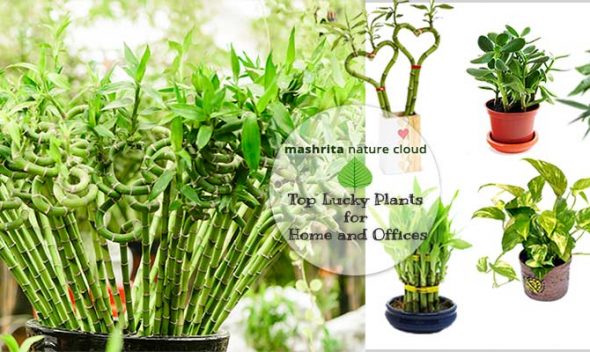
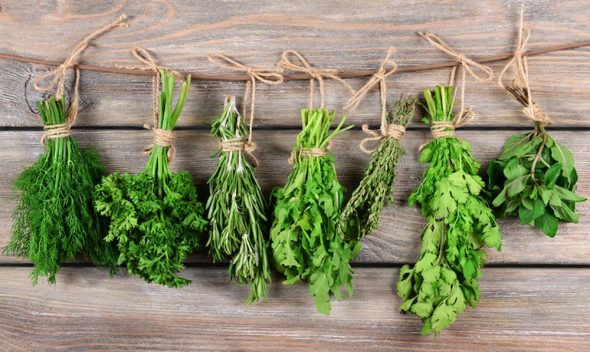
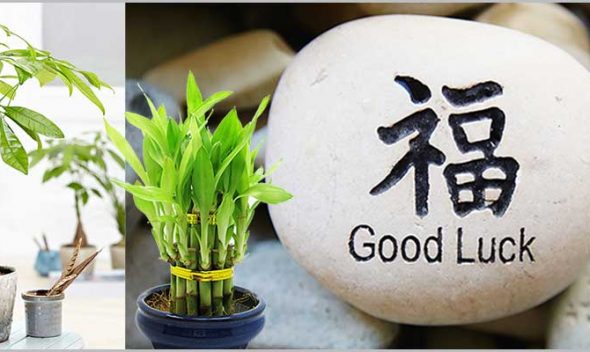


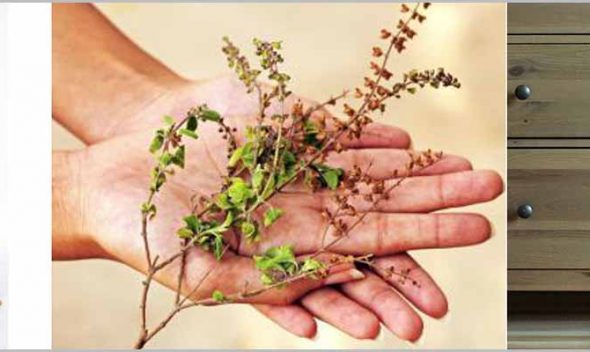
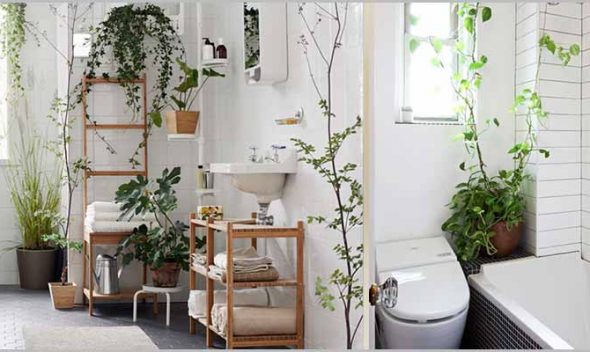

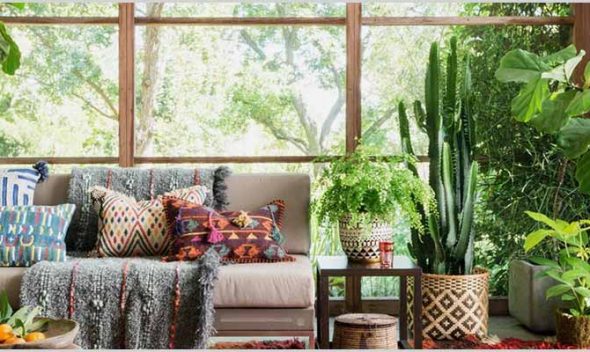
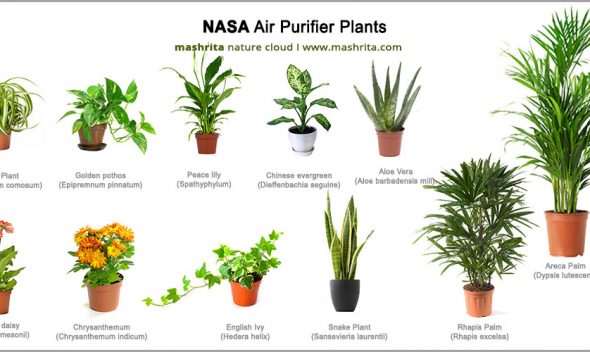
Leave a comment
You must be logged in to post a comment.